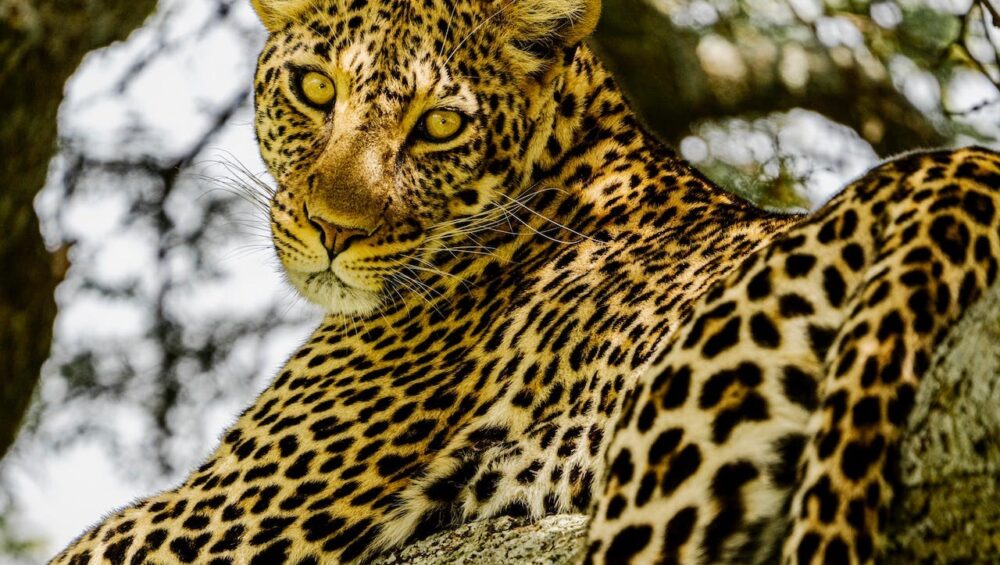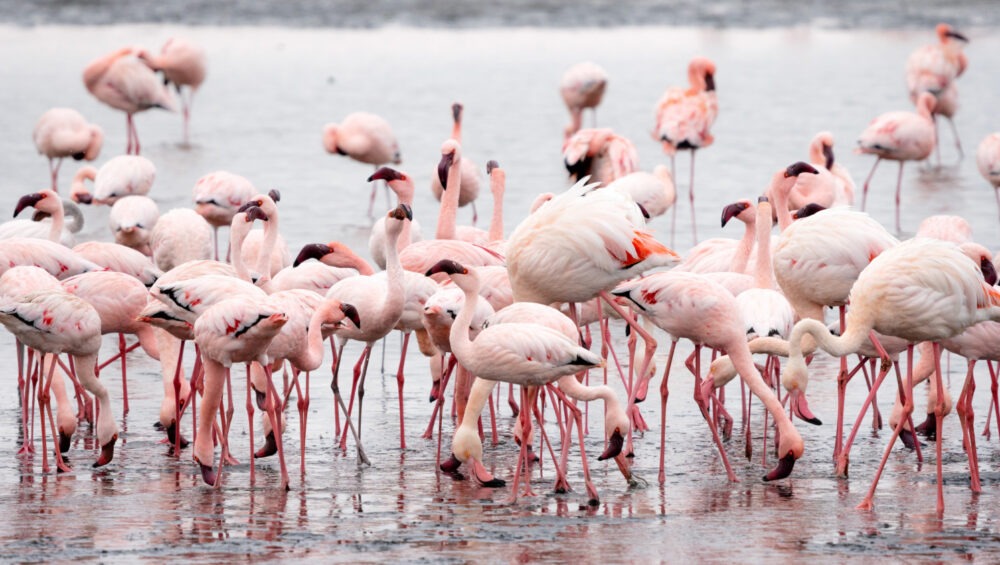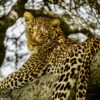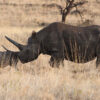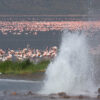Travel Tips for a Safari
Embarking on a safari can be an exciting and unforgettable adventure. Here are some travel tips to help you make the most of your safari experience:
1. Research and Choose the Right Destination:
– Research different safari destinations and choose one that aligns with your preferences and the wildlife you want to see. Popular safari destinations include Kenya, Tanzania, South Africa, and Botswana.
2. Select the Right Time to Visit:
– Consider the best time to visit based on the wildlife migration patterns, climate, and your personal preferences. Dry seasons are often ideal for better wildlife visibility.
3. Pack Appropriately:
– Pack lightweight, neutral-colored clothing for warm days and cool nights. Bring a hat, sunglasses, sunscreen, insect repellent, and a good pair of binoculars. Check with your safari operator for any specific packing recommendations.
4. Comfortable Footwear:
– Wear comfortable, closed shoes suitable for walking safaris. You may also want to pack flip-flops or sandals for relaxing at the lodge.
5. Camera and Binoculars:
– Bring a good quality camera with a zoom lens to capture wildlife moments. Binoculars are essential for observing animals from a distance.
6. Follow Safety Guidelines
– Listen to your guide and follow safety guidelines. Do not approach wildlife too closely and stay inside the vehicle unless instructed otherwise.
7. Stay Hydrated:
– Carry a reusable water bottle and stay hydrated, especially in the warm climates of many safari destinations.
8. Bring Snacks:
– Pack snacks for the journey, as safari drives can be long. Check with your safari operator about their policies on food and beverages.
9. Get Travel Insurance:
– Ensure you have comprehensive travel insurance that covers medical emergencies, trip cancellations, and any unexpected situations.
10. Respect Local Cultures:
– Be respectful of local cultures and traditions. Ask your guide about any cultural considerations and follow their advice.
11. Charge Devices:
– Charge your camera, phone, and other electronic devices before heading out on a safari. Some lodges may have limited charging facilities.
12. Enjoy the Moment:
– Put away your devices at times and simply enjoy the beauty of the wildlife and landscapes. Safaris offer incredible opportunities for connection with nature.
13. Book with Reputable Operators:
– Choose a reputable safari operator with experienced guides. Read reviews and do thorough research before making reservations.
14. Stay Flexible:
– Wildlife can be unpredictable, so stay flexible with your plans and be open to unexpected sightings and experiences.
Remember, each safari experience is unique, and these tips are meant to enhance your adventure and ensure a safe and enjoyable journey.


